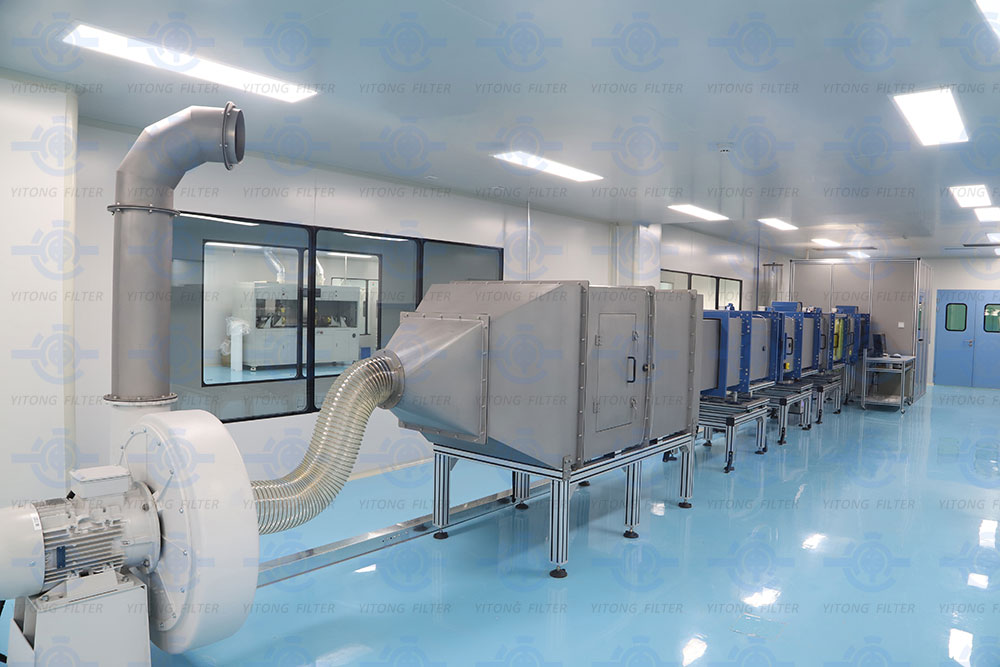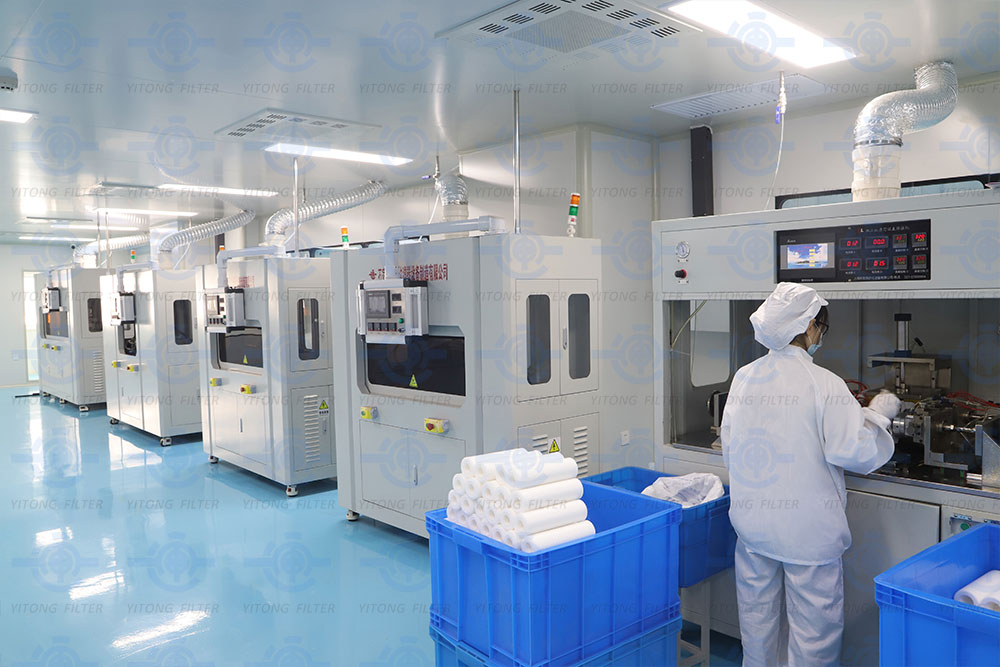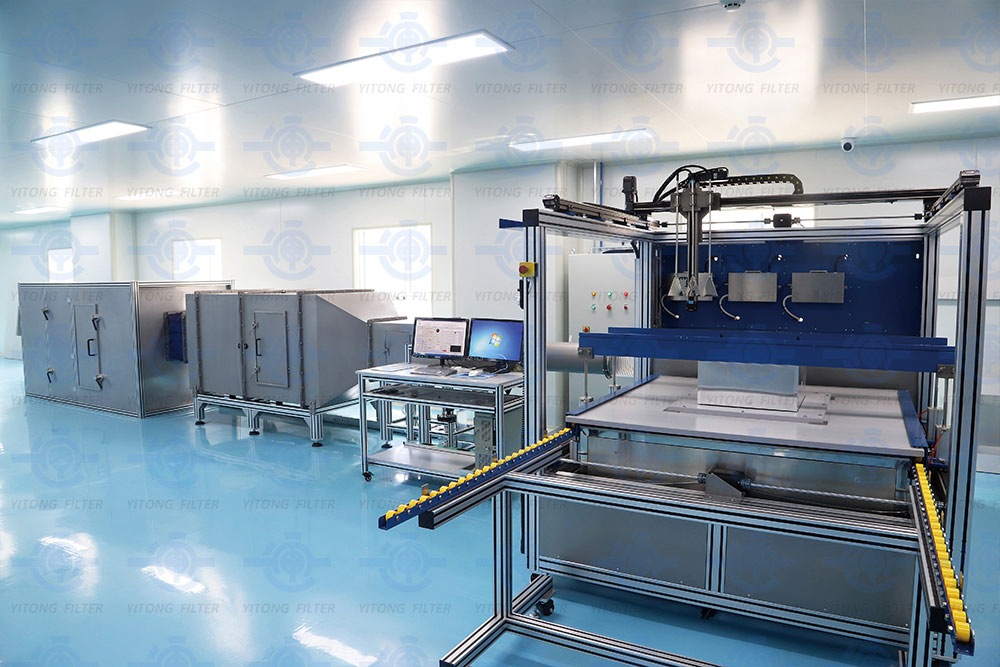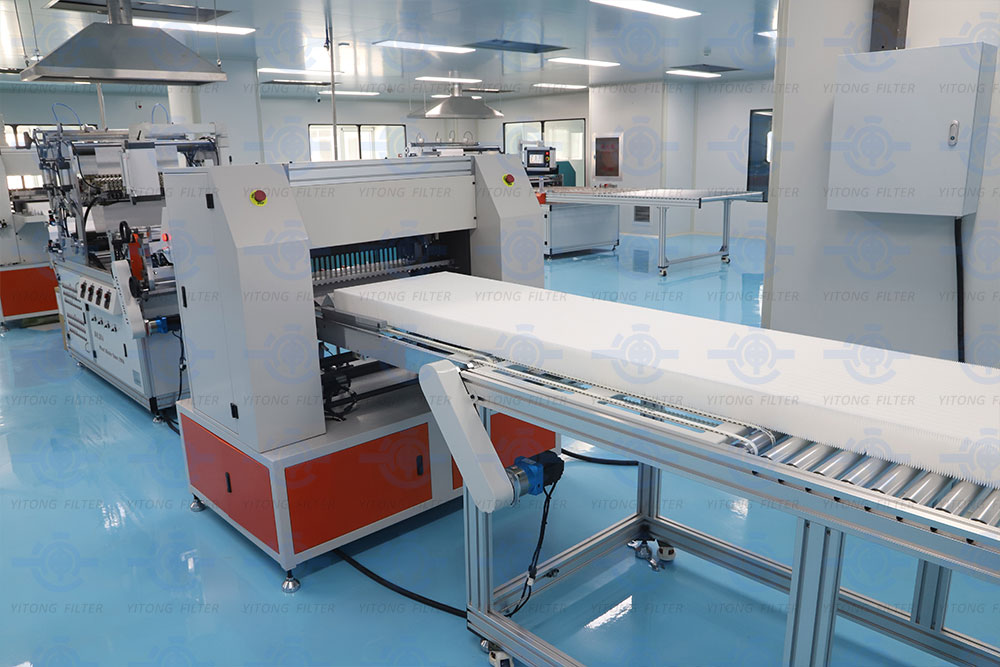 November 18, 2024
November 18, 2024
Cleanrooms are critical environments for industries requiring strict contamination control, such as pharmaceuticals, electronics, and biotechnology. Ensuring cleanroom functionality and maintaining controlled conditions is essential for product quality and compliance with regulatory standards. However, without proper management, contamination can occur, leading to compromised cleanliness and decreased production efficiency.
This article explores the common sources of cleanroom contamination and effective strategies to control them, helping to ensure optimal cleanroom performance.

Human activity is the largest contributor to cleanroom contamination, accounting for 80-90% of airborne particles. Key sources include:
- Dust from movement: Walking or working increases dust emission by up to five times compared to when stationary.
- Skin and hair: Dead skin cells, oils, dandruff, and even saliva from talking are constant pollutants.
- Clothing contamination: Poorly cleaned work garments or unsuitable materials can release particles. For instance, nylon fabrics produce fewer particles than cotton-polyester blends.
- Transfer from adjacent areas: Movement between clean and less-controlled zones can introduce pollutants into the cleanroom.
Industrial equipment, especially those involving rotation, mixing, or crushing, often generate particles during operation. Examples include:
- Pharmaceutical production equipment like mixers, grinders, or packaging machines.
- Rotating and sliding parts in machines that wear down and release microscopic particles.
Paradoxically, cleaning tools such as mops, brooms, and dusters can themselves be sources of contamination through friction or improper handling.
Despite advanced filtration systems, any malfunction or leakage in air filters can allow unfiltered air—carrying dust and microbes—into the cleanroom, compromising its cleanliness.
Materials, containers, and packaging brought into the cleanroom often carry residues or particles. Even with thorough cleaning and adherence to entry protocols, some contamination is inevitable, especially with complex or hard-to-clean items.

Since human activity is a significant contamination source, controlling it is a top priority:
- Restrict access: Limit cleanroom access to only essential, trained personnel.
- Proper attire: Require the use of sterilized cleanroom garments, including gloves, masks, caps, and cleanroom-specific shoes.
- Hygiene rules: Prohibit the use of cosmetics, perfumes, and jewelry. Enforce restrictions like no smoking hours before entry to avoid residue.
- Training: Conduct regular training on cleanroom protocols and emphasize the importance of minimizing contamination through proper behavior.
- Airflow design: Use strategically placed airflow systems to dilute and redirect contaminants generated by personnel, particularly in high-traffic areas.
Production equipment is another significant source of contamination:
- Material selection: Use high-quality, durable materials for components, especially moving parts, to minimize wear and particle generation.
- Encapsulation: Enclose dust-generating processes within isolated systems and use localized exhaust systems to maintain negative pressure, preventing particle spread.
- Regular cleaning: Establish strict schedules for cleaning and inspecting equipment to prevent dust buildup and secondary contamination.
Clean all tools and materials thoroughly before introducing them into the cleanroom:
- Use non-polluting materials for manufacturing tools and components.
- Perform initial cleaning processes in controlled environments to prevent external contamination.
- Implement stringent cleaning protocols for tools and equipment, ensuring they meet cleanroom standards before entry.
The cleanroom’s filtration system is its first line of defense against airborne contaminants. To maintain efficiency:
- Regularly inspect and replace filters to prevent leaks or damage.
- Conduct integrity tests for HEPA (High-Efficiency Particulate Air) filters before installation and periodically during use.
- Ensure filters are replaced promptly at the end of their operational lifespan.

Maintaining cleanroom integrity requires a multi-faceted approach combining strict personnel protocols, high-quality equipment, advanced filtration systems, and rigorous cleaning practices. By controlling contamination at the source and ensuring adherence to best practices, businesses can maximize cleanroom efficiency and ensure product quality.
Proactive management not only reduces contamination risks but also enhances production efficiency, minimizing downtime and maintaining compliance with industry standards. With continuous advancements in technology and management techniques, cleanrooms can remain at the forefront of modern production environments.

By implementing these strategies, organizations can protect the integrity of their cleanrooms and ensure they meet the rigorous demands of today’s industries.

